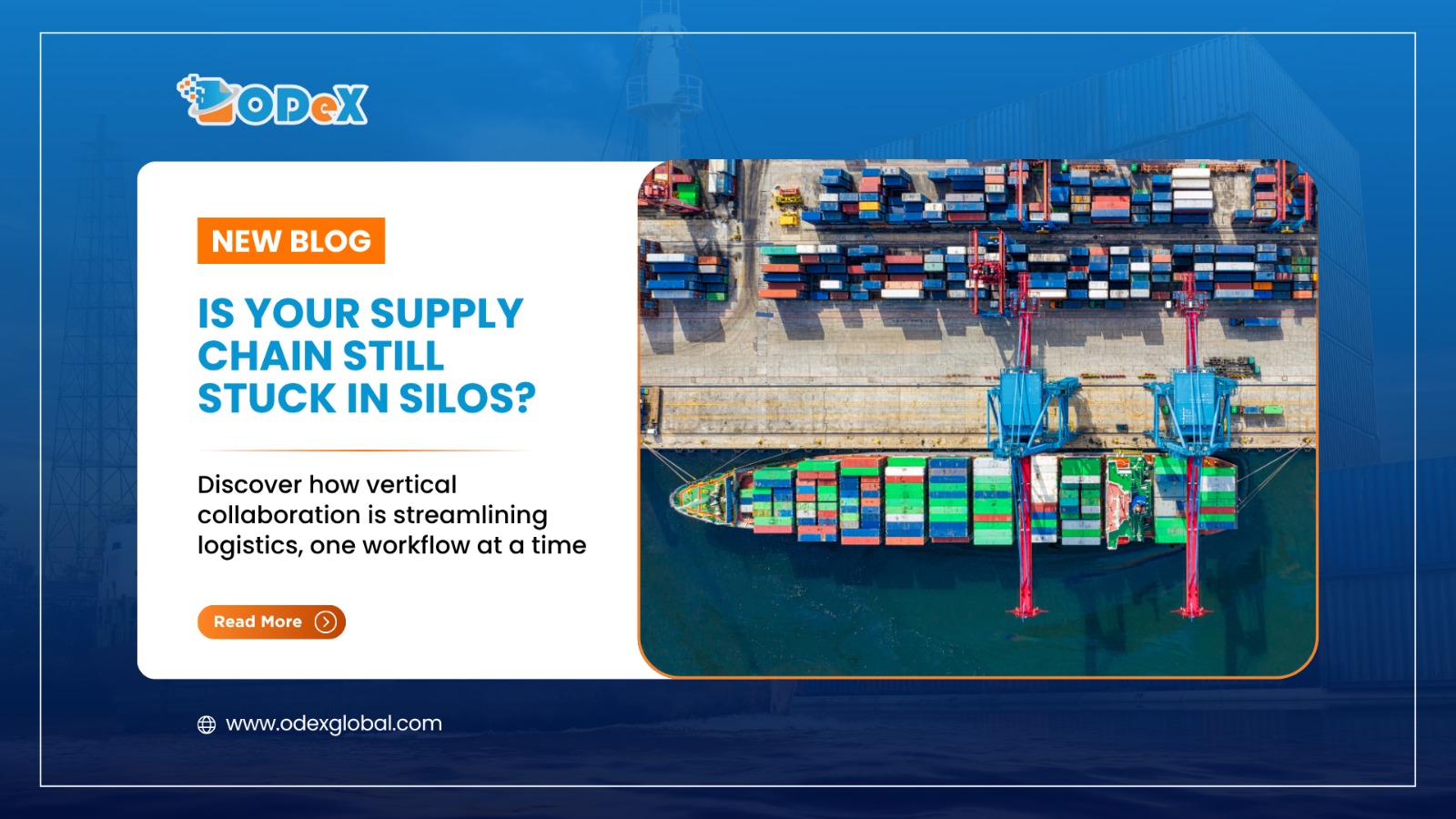Vertical collaboration in shipping and what it means for digital workflows
For decades, the shipping industry has operated in fragmented silos. Carriers, forwarders, ports, terminals, and customs brokers often guarded their own data and processes closely, resulting in minimal collaboration beyond the immediate handover of paperwork.
While competition thrived, coordination lagged behind, creating inefficiencies, errors, and delays that affected everyone in the supply chain.
Today, that is changing. A significant trend is reshaping global logistics: vertical collaboration.
Unlike horizontal alliances where carriers share vessel space, vertical collaboration connects stakeholders across the entire transport journey, from booking to delivery.
This approach relies on sharing accurate, real-time data, coordinating handovers in advance, and integrating documentation and payment workflows to create a seamless, predictable experience for cargo owners.
Why vertical collaboration is gaining momentum
Customers are driving much of this change, demanding visibility over every stage of a shipment’s journey. They want to know when cargo is loaded, when it is due to arrive, and what might cause delays.
Growing port congestion, stricter environmental regulations, and intense cost pressures have also forced companies to think beyond their traditional roles. Better planning, reduced duplication, and shared information are now essential to cut idle times, lower emissions, and make better use of expensive transport assets.
Documentation as the essential connector
But collaboration is not just about tracking containers. It is fundamentally about how documentation and payments flow. For vertical collaboration to work, documents cannot remain buried in email threads or courier envelopes.
They must be accurate, digital, and accessible to all authorised parties in real time. When everyone works from the same verified information – covering bills of lading, delivery orders, customs declarations, and invoices – it becomes much easier to keep shipments moving without errors or disputes.
The changing nature of payment workflows
Payments are equally important. Traditionally, freight charges, port fees, and inland transport costs were billed separately, each with its own terms and timelines. This fragmentation led to confusion and frequent delays, especially when unpaid fees held up the release of critical documents.
Vertical collaboration encourages more predictable, integrated payment flows where charges can be settled in advance or bundled into a single transaction. Digital payment solutions linked directly to documentation systems make this possible, reducing the risk of last-minute issues that disrupt cargo release.
Real-world progress in collaboration
Around the world, ports such as Rotterdam and Singapore are demonstrating how vertical collaboration can transform trade. They have invested in port community systems that connect carriers, terminal operators, forwarders, and customs authorities, enabling them to share standardised data securely.
Major shipping lines are building integrated logistics divisions that manage ocean transport, warehousing, and inland delivery in a single platform. This allows for end-to-end planning, clear accountability, and faster response times when conditions change.
How platforms like ODeX enable collaboration
Platforms like ODeX are playing a central role in enabling this shift, especially in complex markets where manual workflows remain common. For example, at major ports in India and the Middle East, importers traditionally had to visit multiple offices to pay freight charges and secure delivery orders.
Each handover involved manual data entry and repeated checks, increasing the likelihood of mistakes and slowing down cargo release. By using ODeX, importers and forwarders can now pay freight charges, port fees, and other costs in one secure transaction.
The platform then automatically notifies carriers that payment is complete and issues electronic delivery orders, which are shared instantly with all authorised parties. This integration cuts days of waiting and significantly reduces the risk of demurrage penalties.
Challenges that need to be addressed
Of course, building this level of collaboration is not without challenges. Companies must agree on data standards and security protocols, invest in new IT systems, and train their teams to adapt to new processes.
There are also concerns about data privacy and commercial sensitivity, especially when competitors must share information within the same port or corridor. Overcoming these obstacles requires trust, strong governance frameworks, and a shared understanding of the benefits.
The role of digital platforms
Digital platforms are an important part of the solution. They provide a neutral space for participants to connect, offering standard templates for documents, secure data exchange, and clear audit trails that build confidence.
When payments, documentation, and notifications are linked in one place, disputes are reduced, errors are easier to detect, and handovers happen faster. This benefits everyone involved, from global carriers to small importers who rely on predictable transit times and clear documentation.
Building a collaborative future
Companies that want to take advantage of vertical collaboration can start by mapping their current workflows to identify where data gaps and errors occur.
From there, engaging partners to agree on shared processes, investing in staff training, and selecting technology providers who understand the nuances of shipping will all help build a more connected operation.
By investing in integrated platforms and fostering a culture of transparency, shipping stakeholders can finally move beyond fragmented processes and build a supply chain that is fit for the challenges of modern commerce.
For ODeX and similar providers, supporting this transformation is about more than technology. It is about creating the trust, visibility, and efficiency needed to unlock the full potential of connected trade.


















